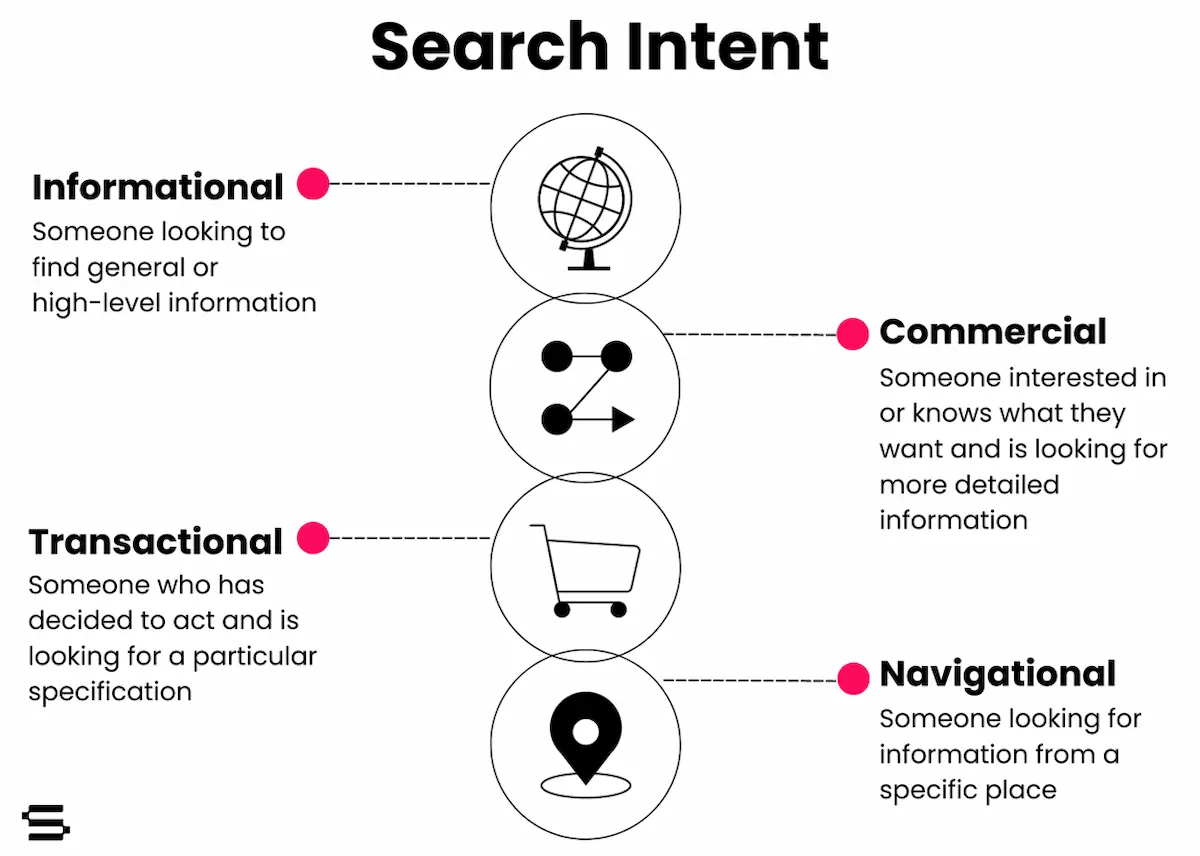Every so often, you need to take a step back and listen to Mama’s voice in your head:
“If everyone was jumping off a cliff, would you do it, too?”
That dandy little interrogative statement from your childhood can also apply to decisions concerning content -- particularly, why you are creating content.
While everyone recognizes that they want or need content to further their business or website’s goals, it’s easy to get caught up in the fever of the latest marketing trends to come down the pike. Before making that leap, you need to sit back and examine WHY you need that content and WHAT you want that content to achieve for your business.
Infographics: A Good Idea Gone Bad -- or Just Grossly Misused
One of the biggest content trends today is the infographic. It’s the equivalent of Cabbage Patch Kids in the ‘80s or the gold iPhone 5s of today: Everyone wants one, but isn’t quite sure why.
While infographics can be a great way to present facts and information wrapped up in a candy-coated visual shell, the Internet is oversaturated with infographics.
And many of those infographics (to put it bluntly) are crap.
Some infographics suffer from what I like to call “The Magagabag Syndrome.”
"What's a magagabag?" you ask. In the immortal words of pro wrestler-turned-actor, Dwayne “The Rock” Johnson:
“That’s 10 pounds of monkey crap in a 5-pound bag.”
If you see an infographic that scrolls forever and has blocks upon blocks of text accompanied by loosely-related, cartoonish images, that, my friend, is a prime example of a magagabag.

And you see a lot of those types of infographics littering the Internet. Rather than focusing on a specific area of a much larger issue supported by several key facts and pieces of information, a bad infographic hops to every lily pad in the pond to offer an unwieldy overview of a subject that would be better suited to a blog post or industry whitepaper.
The end result is less of a concise, cohesive, eye-catching bite of information than it is a glorified web page squeezed into 600 pixel width format.
The point of an infographic is to tell a short story and arm folks with interesting information in an appealing visual format. If your infographic forces your audience to keep scrolling to the point of carpal tunnel, it’s highly unlikely that your message will sink in. Or worse, your audience may not stick around long enough for you to get your point across. You may be using the wrong form of media to deliver your message to the target audience.

So, why are there so freakin’ many infographics out there?
When done right, an infographic can be a beautiful way to visualize data and offer information in a meaningful, shareable way to your audience. However, many companies may see that their competitors are doing infographics and are keen to hop on board the bandwagon without taking a step back to consider why they want to create an infographic themselves.
It becomes more about doing "content for the sake of content" than considering what releasing that infographic into the Internet wild will do for them and their business objectives.
This underscores the need for businesses -- and the agencies who help them -- to think more strategically about their content.
Questions To Ask Yourself Before Creating Content
In the words of Marshall McLuhan (what are ya doin’?), “the medium is the message.”
Choosing the correct type of vehicle to achieve your marketing aims -- rather than embracing trends willy nilly -- will serve you a lot better than delivering "content for the sake of content."
Before you start creating content, here are a couple important questions you should ask yourself and be prepared to answer honestly:
- Why are we doing this particular piece of content? / Do we really have a story to tell?
- Are we providing something that will benefit others?
- Does this content demonstrate thought leadership that benefits our industry as a whole, or is it too blatantly self-promotional?
- Who are we targeting?
- How will our audience engage with this?
- Is this something that others would be willing to share?
- What do we hope to achieve with this piece of content?
- Is this the best way to get our message across?
There are no right or wrong answers to these questions. So long as you answer them honestly, it gives you a greater chance of your content achieving the goals you have set for it.
Take a step back from the fray and evaluate your reasons and goals for a particular piece of content or marketing material. Every person, business, or website is unique. The content (and content strategy) that may work for one, may be entirely wrong for another. It's not about following trends. It's about knowing and connecting with your audience, as well as setting yourself apart from the pack in the best, most effective way possible.


